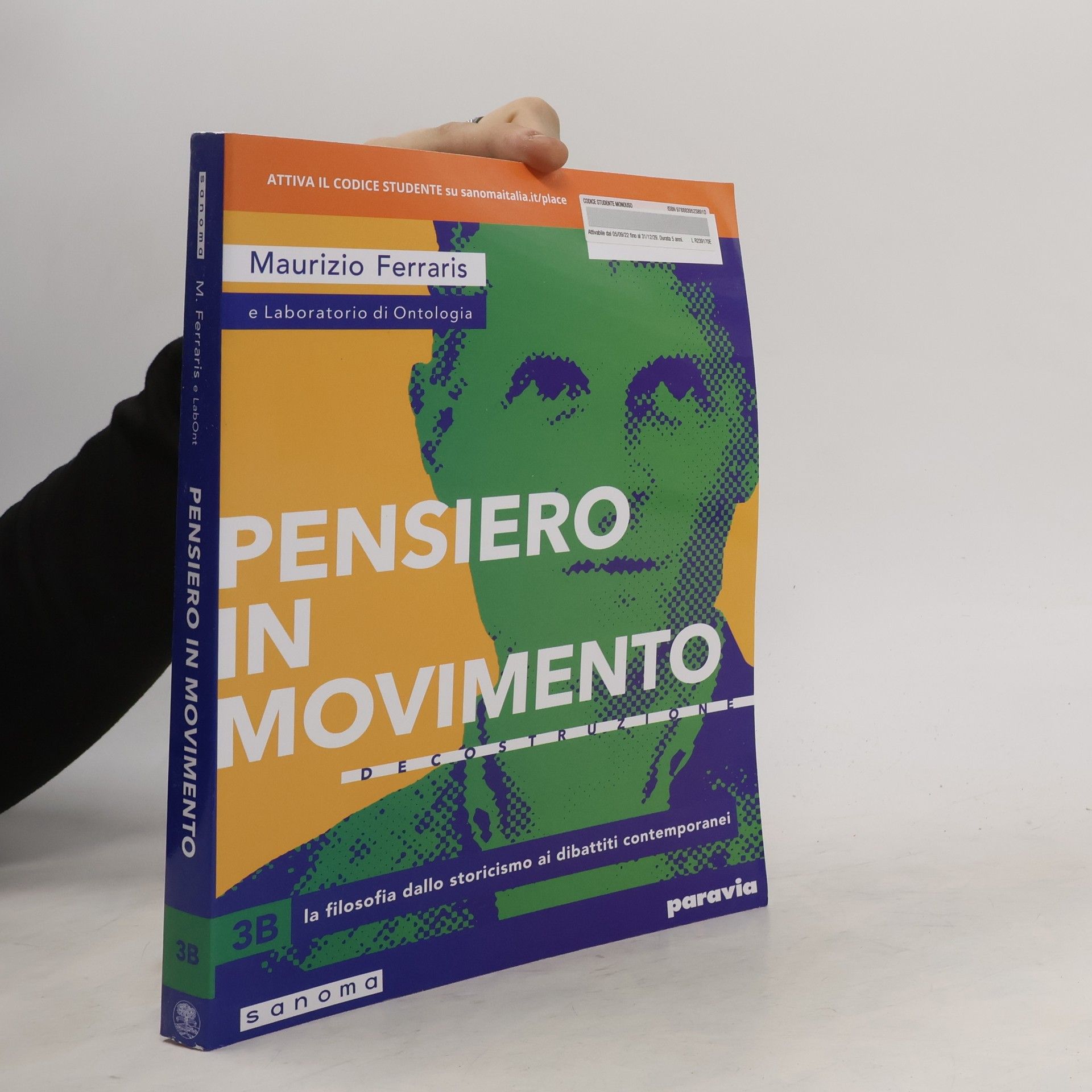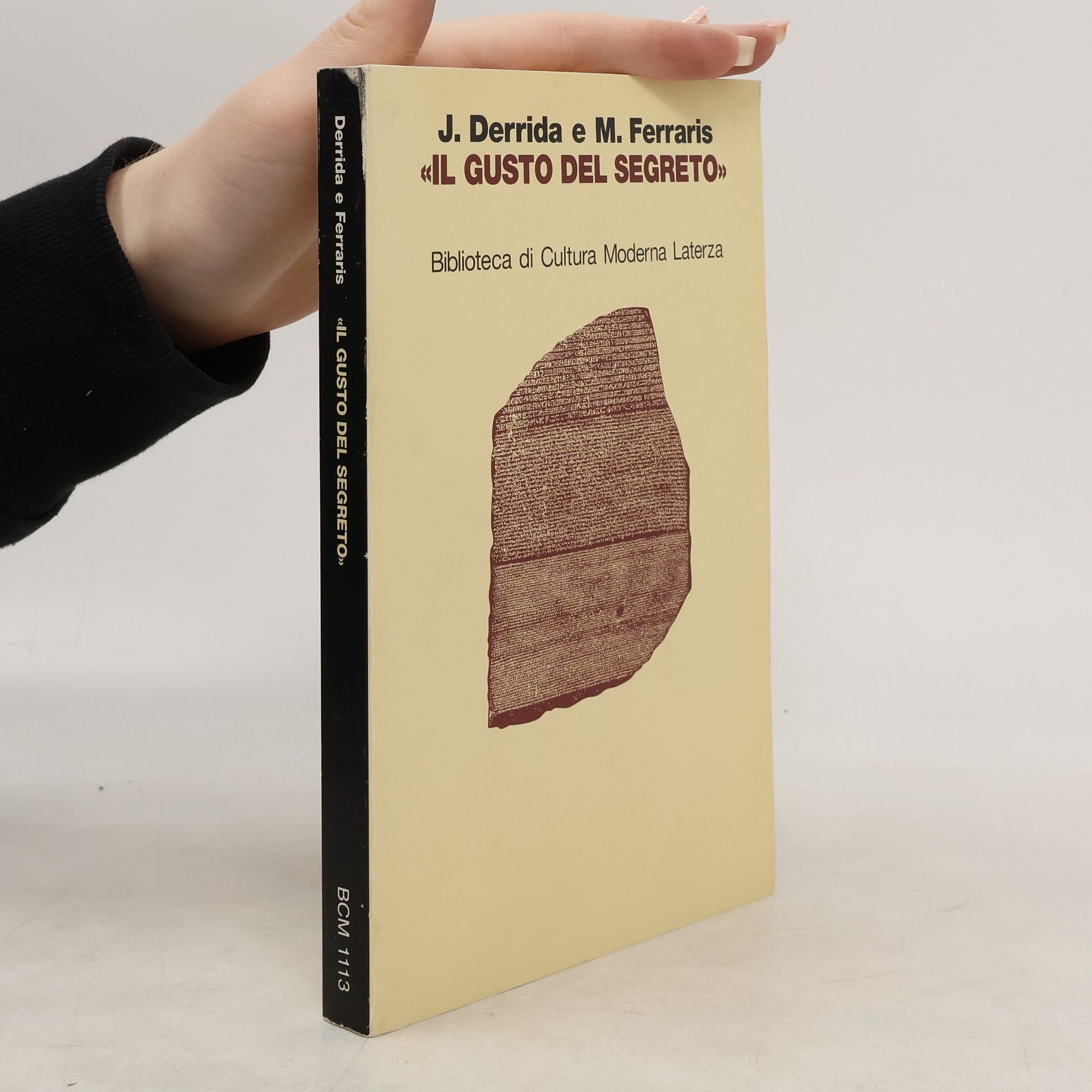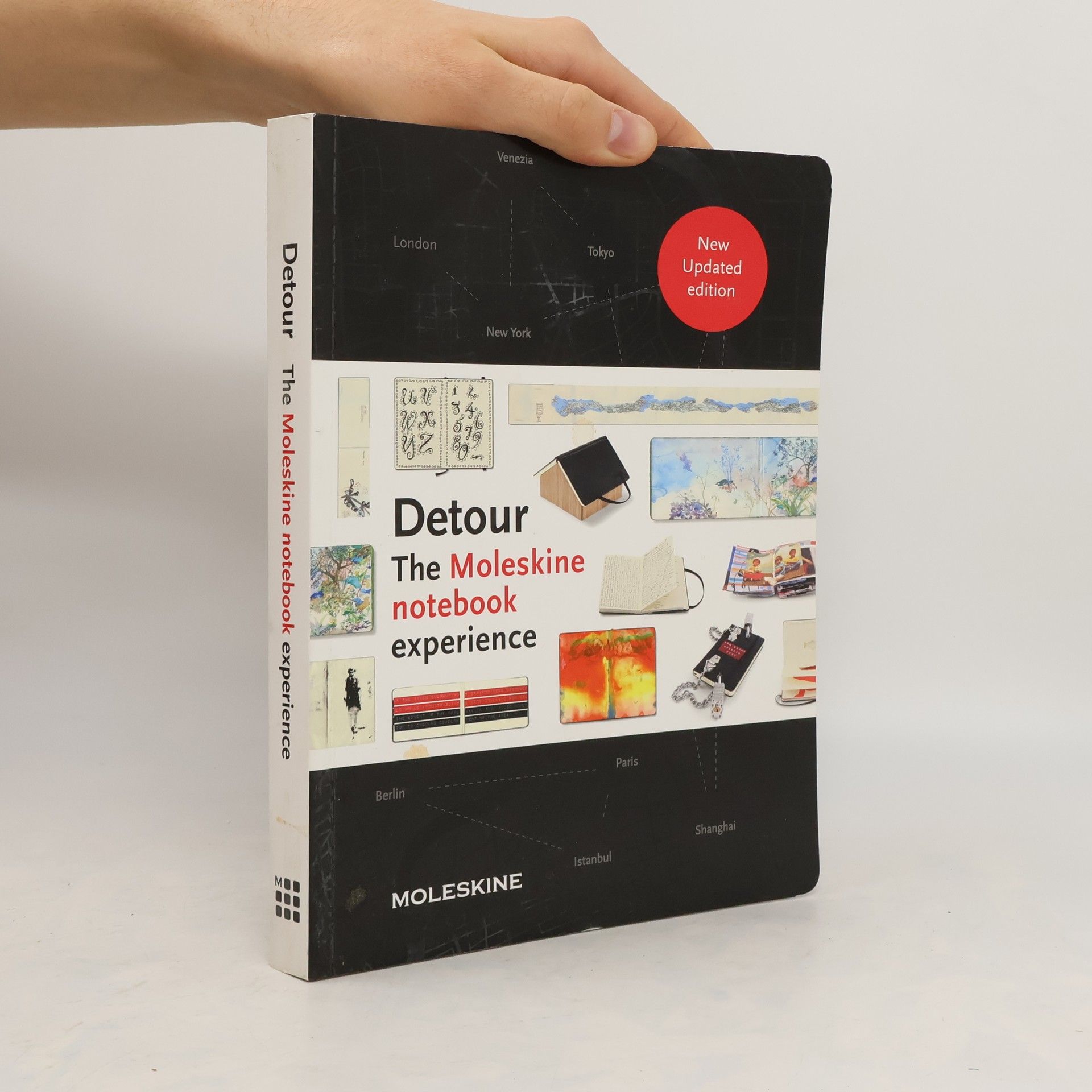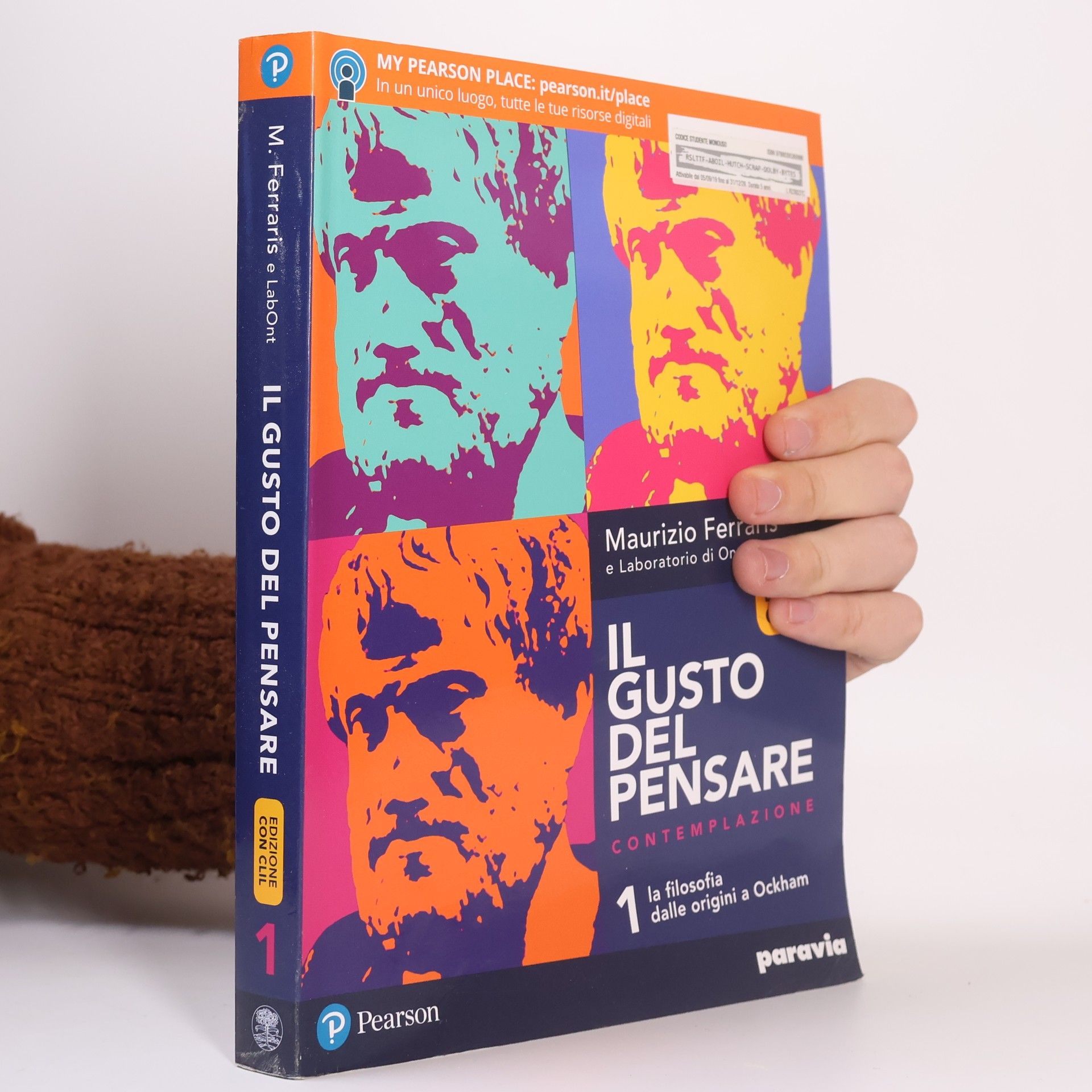Critiquing Immanuel Kant's transcendental philosophy, Maurizio Ferraris reintroduces the significance of the external world in modern philosophy. His work, divided into two parts, first establishes the foundations of his New Realism, aligning with the 21st-century realist movement. The latter section presents a comprehensive metaphysical theory centered on hysteresis, illustrating how effects persist beyond their causes. Ferraris, a prominent figure in theoretical philosophy, is also the President of Labont, Center for Ontology, with translation by Sarah De Sanctis.
Maurizio Ferraris Book order






- 2024
- 2023
Zweisprachige Ausgabe (Deutsch/Englisch) mit zahlreichen Abbildungen und Textbeiträgen von namhaften Autoren. Der Band versammelt die Beiträge des Symposiums Speculations on Anonymous Materials, das am 4. Januar 2014 im Fridericianum Kassel stattfand. Er vereint philosophische Positionen, die das moderne und postmoderne Denken hinter sich lassen. Die Ausgangsthese des Symposiums besagt, dass die technologischen, wissenschaftlichen und gesellschaftspolitischen Veränderungen zu Beginn des 21. Jahrhunderts rigide Zäsuren im philosophischen Denken und in der Kunst hervorgebracht haben. Die begleitende Ausstellung zeigte künstlerische Arbeiten, die weder kunsthistorisch noch -theoretisch verortet sind, ähnlich wie die am Symposium beteiligten philosophischen Positionen keine homogene Denkströmung bilden. Diese Verbindung von Kunst und Philosophie basiert auf der Annahme, dass gegenwärtige Kunst und spekulative Philosophie, möglicherweise ohne es zu wissen, von einem gemeinsamen Interesse angetrieben werden. Der Fokus liegt auf der Suche nach neuen philosophischen Begrifflichkeiten und einer neuen Grammatik des Nachdenkens über Gegenwartskunst, insbesondere in Bezug auf neue Bedeutungen von Materialität, Materie und Materialismus.
- 2022
This book explores the transformative impact of technology on humanity, emphasizing that human roles must evolve alongside automation. It argues that while machines can replace many functions, humans still hold value beyond production. The author envisions a "Webfare" system to foster tolerance and redefine human needs in this new era.
- 2020
Money, Social Ontology and Law
- 80 pages
- 3 hours of reading
Focusing on the intersection of law and philosophy, this collection of essays examines the criteria that attribute value to objects such as paper currency and digital signals. It delves into the conceptual frameworks that underpin our understanding of money and its significance in society.
- 2015
Detour: The Moleskine Notebook Experience
- 352 pages
- 13 hours of reading
Celebrating the eponymous Moleskine travelling exhibition which, since 2006, has showcased, in various cities around the world, a unique collection of more than 250 Moleskine notebooks that have been decorated, hacked, and sketched, delivering an intimate insight into the authors' creative process and showing the endless possibilities that arise from using paper. It includes works by Ron Arad, Martì Guixé, Ross Lovegrove, Karim Rashid, Zhang Yuan, Italo Rota, Toyo Ito and many more. Edited by Raffaella Guidobono. Presented today in a lighter format with updated information and a whole new section. The largest selection of decorated Moleskine notebooks ever published.
- 2014
Dieses Buch, das in Italien bereits mehrere Auflagen erlebt hat, ist ein Manifest, das sich gegen zwei Bewegungen wendet: gegen das postmoderne Denken und seinen Kult der Ironisierung, der das Denken insgesamt unter den Universalverdacht der Falschung setzt und den Wert der Wirklichkeit bzw. eines Wissens von Wirklichkeit diskreditiert - und gegen einen Konstruktivismus, der die Welt in der Begriffsarbeit seiner Beobachter hervorbringt. Dem postmodernen Angriff auf die Wirklichkeit im Medium der Entdifferenzierung von Sein und Wissen, Feststellen und Akzeptieren, Wissen und Macht wird eine Wiederbelebung der Philosophie als Brucke zwischen den moralischen Wertungen und Meinungen und der Welt des Wissens entgegengestellt. Ferraris' Thesen sind aufregend in einem Klima, in dem die beliebige Setzbarkeit des Rechts durch nichtbeliebige Grundrechte, Menschenrechte und institutionelle Ewigkeitsklauseln (Art. 79, Abs.3 GG) limitiert wird. Sie leisten 'Aufklarung' auch daruber, dass sich die letzte Frage der 'Gerechtigkeit' nicht dekonstruieren lasst.
- 2011
Anima e iPad. E se l'automa fosse lo specchio dell'anima?
- 192 pages
- 7 hours of reading
"L'anima la conosciamo, almeno di nome, da millenni, l'iPad non c'era un paio di anni fa. Eppure il "tablet" svela la natura profonda di quello che, da Platone a Freud, si rappresenta come una "tabula", come il supporto per una scrittura da cui dipendono la coscienza, la società e la nostra sopravvivenza dopo la morte." Cosa c'entra l'anima con l'iPad? In apparenza, niente. La prima è quella fitta di rimorso che ci avvisa che siamo vivi, il secondo è l'assoluto tecnologico del momento. La prima la conosciamo, almeno di nome, da millenni, il secondo da un paio d'anni. Tuttavia, questa strana coppia ha affinità profonde. Quali? Anzitutto la scrittura. Sia l'anima che l'iPad hanno memoria e sono blocchi su cui leggere, scrivere, archiviare. Sì, perché non solo il "pad" di iPad ci ricorda il blocco di carta gialla resoci familiare dai legal thriller, ma la più antica immagine dell'anima, da Platone e Freud, è stata quella della tavoletta di cera, gialla anche lei, su cui si scrive e si cancella. Questa scrittura, dentro e fuori la mente, è l'origine della coscienza e del mondo sociale. Perché la scrittura è insieme la base della realtà sociale e del nostro pensiero, il cui spettro peggiore è proprio l'Alzheimer, la perdita della memoria vissuta come perdita del pensiero. Ecco perché la grande svolta tecnologica che ha caratterizzato gli ultimi trent'anni ha riguardato proprio la scrittura, e il suo emblema è l'iPad. Anima e iPad sono dunque gemelli. E l'iPad, che quando è spento, con il suo schermo lucido, può servire come specchio per pettinarsi, quando è acceso, diviene letteralmente lo specchio dell’anima.




